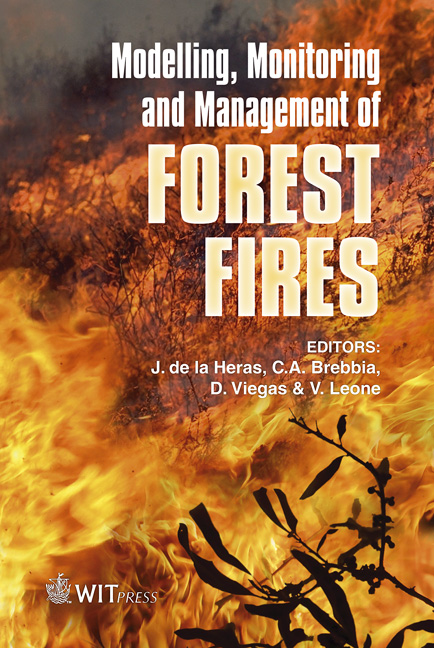Modelling Community Vulnerability To Fires Using Socio-economic Indexes
Price
Free (open access)
Transaction
Volume
119
Pages
9
Page Range
277 - 285
Published
2008
Size
419 kb
Paper DOI
10.2495/FIVA080281
Copyright
WIT Press
Author(s)
M. P. Dawson & S. A. Morris
Abstract
The Australian Bureau of Statistics’ (ABS) 2001 Socio-Economic Indexes for Areas (SEIFA) showed strong relationships with fire-related deaths (Australia) and injuries (South Australia), being good predictors of community vulnerability to fire. The SEIFA 2001 Index of Economic Resources showed the best discrimination of vulnerability, with the fire death and injury rates of the most disadvantaged areas being 3.6 (Australia) and 2.6 (South Australia) times that of the least disadvantaged areas respectively. Keywords: community vulnerability, fire, death, injury, risk management, SEIFA, socio-economic index. 1 Introduction Australia’s Council of Australian Governments has agreed fire-related deaths and injuries are national outcomes indicators [19]. Our research explores the utility of socio-economic indicators in providing insights into causal factors of these measures. Research shows socially-disadvantaged communities have a higher incidence of structure fires and fire-related death and severe injury (Anon [2]). In New Zealand, rates of fatalities in dwelling fires in the most deprived decile were 4.5 times the rates in the least deprived decile (Duncanson et al. [16]). We used SEIFA Indexes that ABS constructed from the 2001 Census of Population and Housing using a theoretical model that starts with core variables representing socio-economic status. Most of the disadvantage or deprivation scores used throughout the world use education, employment and income. SEIFA includes these measures and is the only score that summarises disadvantage in Australia.
Keywords
community vulnerability, fire, death, injury, risk management, SEIFA, socio-economic index.





